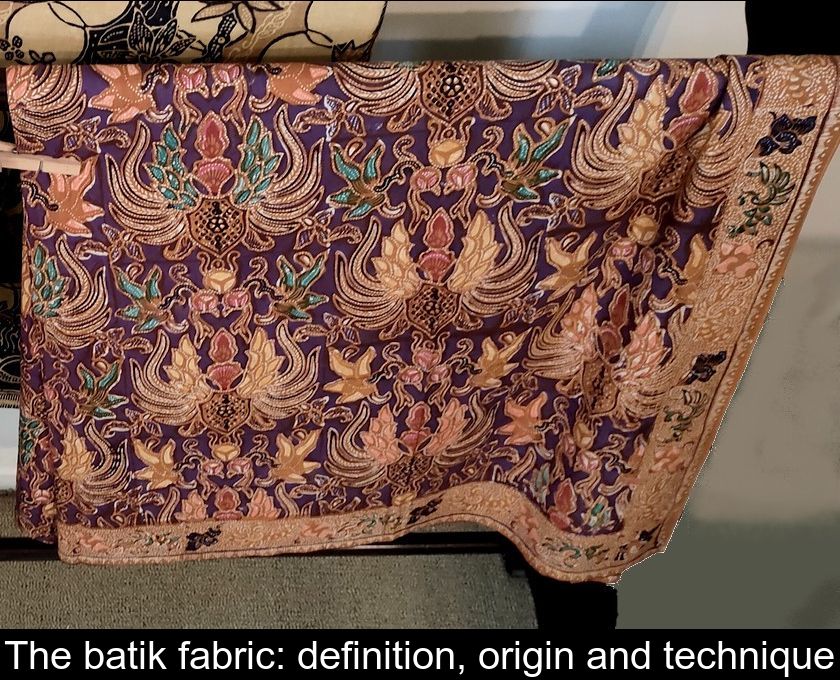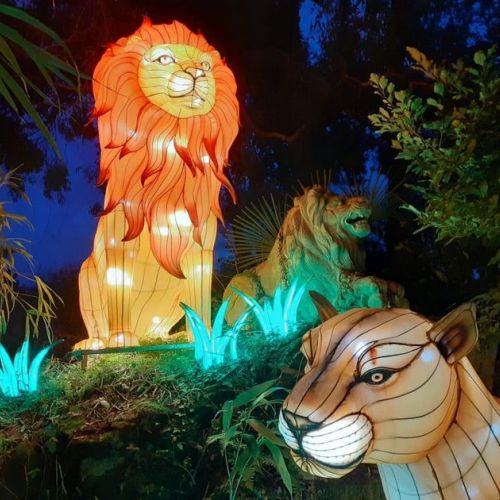The Batik Fabric: Definition, Origin And Technique
If you're interested in fabric printing or world crafts, you've probably heard of batik. You've probably also seen it if you've traveled to Southeast Asia or Africa. But what exactly is batik fabric and how do you make and maintain it? Elements of answer.
What is batik fabric?
The batik fabric is a polychrome patterned fabric created using a handmade method of printing on fabric. Cotton and silk are the two most common raw materials used to make this kind of patterned fabric.
The word 'batik' comes from Javanese and means 'written with wax'. This ancient printing technique indeed uses wax to obscure parts of the fabric and obtain patterns of different colors, as on this genuine batik scarf.
How to make batik ?
The batik technique is simple in principle, but quite complex to implement because it requires a lot of time. Making a fabric using the traditional method can take between a week and several months depending on the number of colors, but also the size and complexity of the patterns.
Typically, the fabric is first drawn with the desired design on it, then soaked in a hot wax bath before being allowed to cool. The wax is used to waterproof certain parts of the fabric to protect them from the dye.
Once the wax has cooled, it is scraped off with a stylus to uncover the areas of the design intended to receive the first color. Only the areas not covered by the wax will be colored.
The color is then applied by brush or by dipping the fabric in a dye bath.
To create a complex pattern with multiple colors, the wax scraping and dye application operations must be repeated for each color.
When the pattern is complete, simply remove the remaining wax with an iron or by soaking the fabric in boiling water.
Please note: Because this technique is time consuming, real batik is rare and expensive. Cheap fabrics and accessories found in souvenir stores are printed fabrics that mimic traditional batik patterns, like this fabric purchased in Malaysia.
From which country does this technique originate?
It is estimated that the origins of this art go back to a little over 1000 years. As we explained above, the word 'batik' is of Javanese origin. It is on the island of Java that this technique has known its peak in the 12th and 13th centuries.
The Indonesian Batik mainly produced on the island of Java has moreover been inscribed by Unesco to the intangible cultural heritage of humanity since 2009 because it is the most elaborate of all.
However, this does not mean that this fabric printing technique is necessarily native to Southeast Asia. In fact, the origins of this technique are quite mysterious as traces of this traditional art have been found by archaeologists in several parts of the world.
Even today, the batik technique can be found in many African countries such as the Ivory Coast, Togo or Burkina Faso as well as in Madagascar, China, India and Sri Lanka. Each country perpetuates this craft method in its own style, resulting in unique fabrics with singular patterns.
This method is mainly used by artists or as a tourist attraction, during demonstrations for tourists.
How to wash batik?
If you decide to buy fabric, clothing or accessories made using this ancient technique, be aware that real batik is expensive and tricky to maintain.
It should not be machine washed at the risk of fading the colors.
It is possible to iron this fabric to eliminate wrinkles, but on the condition that you use a damp cloth or pattemouille and do not put the iron directly in contact with the fabric.








